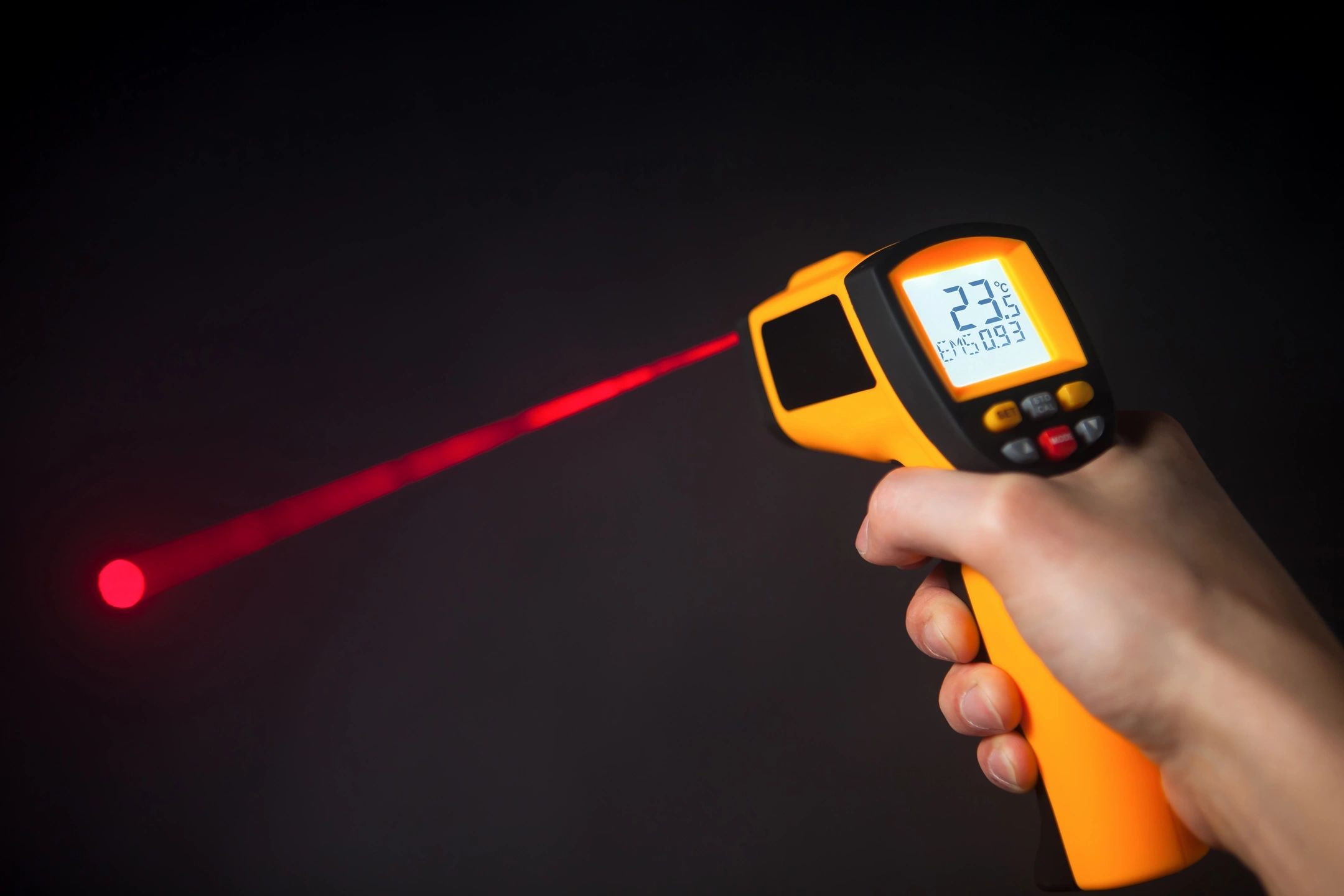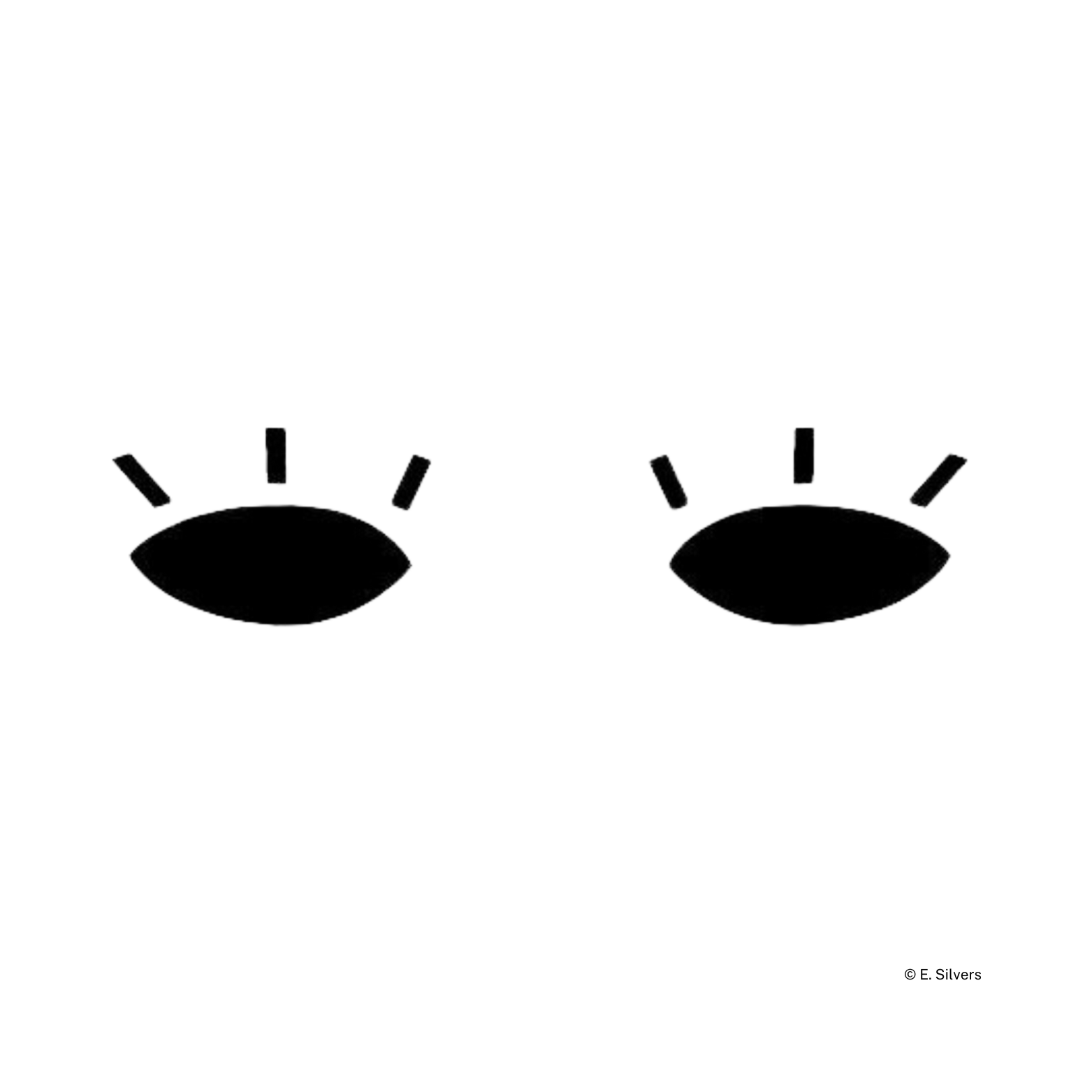
Physics: The Brain’s Relationship with EM Waves & Sound
Thank you for reading this post, don't forget to subscribe!/ Post Status: COMPLETE
Created December 02, 2020.
Last Addition December 02, 2020.
By E. Silvers. /
1. The Picosecond Programmable Laser
Genia Photonics has manufactured a laser-based scanner that is able to read people at the molecular level, officially named the Picosecond Programmable Laser—the company hoping to aid the national security sector in identifying threats (airport security, commercial security, etc.), and the medicine sector in identifying illness.Thank you for reading this post, don’t forget to subscribe!
How it works
The Picosecond Programmable Laser uses THz waves (Terahertz waves), and can be aimed precisely, cover a range of 164-feet, and directed to read multiple people at a time. The device is capable of identifying a person’s chemical levels (such as, illegal drugs, medications, adrenaline levels), and also identify threats on a person (for example, at airport security) all without a physical search.
The Picosecond Programmable Laser works by launching lasers at its targets which cause the target’s molecules to vibrate, this vibration is read by the laser which identifies the substances a person has been exposed to.
The Company Behind it
Genia Photonics, founded in 2009 by Benoit Lorrain, Francois Gonthier and Joseph Salhany. Genia Photonics’ explanation of their technology, quoted below,
“THz waves (Terahertz waves) can penetrate through many dielectric materials, such as clothing, paper, plastics, leather, wood and ceramics. In addition, THz radiation has low photon energies and will not cause harmful photoionization in biological tissues. Owing to these advantages, THz technology is a competitive method for inspecting explosives carried by a person or concealed in packages. Genia Photonics specializes in technologies that can generate THz signal. Genia Photonics synchronized laser system provides a solution to generate THz frequencies (a frequency is the number of times a wave repeats itself within a second). As the internal lasers outputs are synchronized, that beam is then sent through a THz crystal in order to generate THz frequencies corresponding to the targeted wavenumbers.“
– Genia Photonics on Terahertz Waves. Quoted May 2020.
In 2011, they formed a partnership with In-Q-Tel, a not-for-profit strategic investor working as a liaison between government customers and the startup community—connecting startups with investment opportunities. Currently, Genia Photonics Inc. is believed to have at least 30 registered patents on laser technology designed for scanning, some of which are listed here and here. They range from identifying individual cancer cells in a live scan of a patient, all the way to detecting toxic chemicals.
2. Sound Frequencies Affecting The Brain’s Perception (Laboratory Results + Scientific Journals)
2a. “Inaudible High-Frequency Sounds Affect Brain Activity: Hypersonic Effect,” by Tsutomu Oohashi, Emi Nishina, Manabu Honda, Yoshiharu Yonekura, Yoshitaka Fuwamoto, Norie Kawai, Tadao Maekawa, Satoshi Nakamura, Hidenao Fukuyama, and Hiroshi Shibasaki. Click to read the official peer-reviewed scientific journal. Published 2000.
“Hypersonic Effect,” word invented by Tsutomu Oohashi et al. in 1999.
The meaning of ‘Hypersonic Effect’? “The hypersonic effect is a phenomenon reported in a controversial scientific study by Tsutomu Oohashi et al., which claims that, although humans cannot consciously hear ultrasound, the presence or absence of those frequencies has a measurable effect on their physiological and psychological reactions.” (Source, quoted Dec. 2020)
Interesting points within the journal to highlight:
“First, it has been suggested that infrasonic exposure may possibly have an adverse effect on human health (Danielsson and Landstrom 1985), suggesting that the biological sensitivity of human beings may not be parallel with the “conscious” audibility of air vibration. Second, the natural environment, such as tropical rain forests, usually contains sounds that are extremely rich in HFCs over 100 kHz. From an anthropogenetic point of view, the sensory system of human beings exposed to a natural environment would stand a good chance of developing some physiological sensitivity to HFCs. It is premature to conclude that consciously inaudible high-frequency sounds have no effect on the physiological state of listeners.” (Source, quoted Dec. 2020)
2b. “The impact of music on the bioelectrical oscillations of the brain,” by Domantė Kučikienė, and Rūta Praninskienė. Click to read the official peer-reviewed scientific journal. Published 2018.
Interesting points within the journal to highlight:
“Results revealed an increase in the power of low frequency brainwaves in the auditory cortex and, later, a more gradual increase in theta and alpha power in the amygdalae and orbitofrontal cortex, which seem to be important for a higher analysis of music. Also, three subjects saw greater power in alpha, theta and low beta waves in the orbitofrontal cortex while listening to consonant rather than dissonant sounds. No changes in brainwave patterns in the amygdalae were seen when comparing dissonant and consonant sounds (11). […] According to the authors, this theta activity is connected not only to attentional but also to emotional functions (2). […] The knowledge of the musical sphere can also influence the impact of music on the bioelectrical activity of the brain. It is known that professional musicians exhibit more intense patterns of emotional arousal while listening to music than amateurs. Professionals also have higher central activation of beta 2 band, whereas amateurs exhibit higher right frontal alpha activation (17). […] Studies show (21, 22) that music personally liked by a patient may induce alpha frequency amplitude peaks in both the right and the left hemispheres (9).” (Source, quoted Dec. 2020)
2c. “Human auditory system response to modulated electromagnetic energy,” by Allan H. Frey. Click to read the official peer-reviewed scientific journal. Published 1962.
Interesting points within the journal to highlight:
“Using extremely low average power densities of electromagnetic energy, the perception of sounds was induced in normal and deaf humans. The effect was induced several hundred feet from the antenna the instant the transmitter was turned on, and is a function of carrier frequency and modulation. Attempts were made to match the sounds induced by electromagnetic energy and acoustic energy.” (Source, quoted Dec. 2020)

Physics: The Brain’s Relationship with EM Waves & Sound
